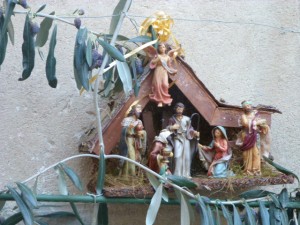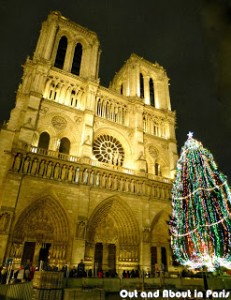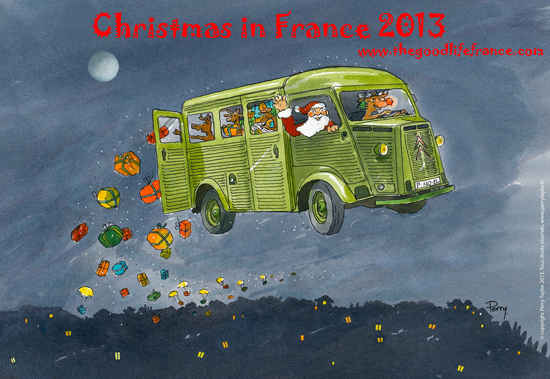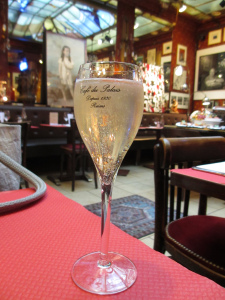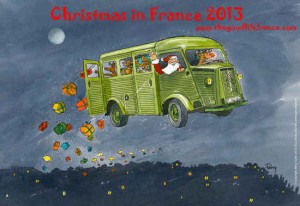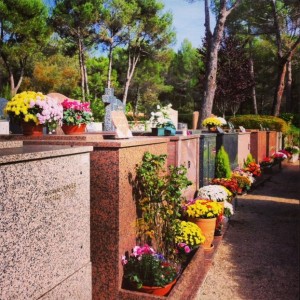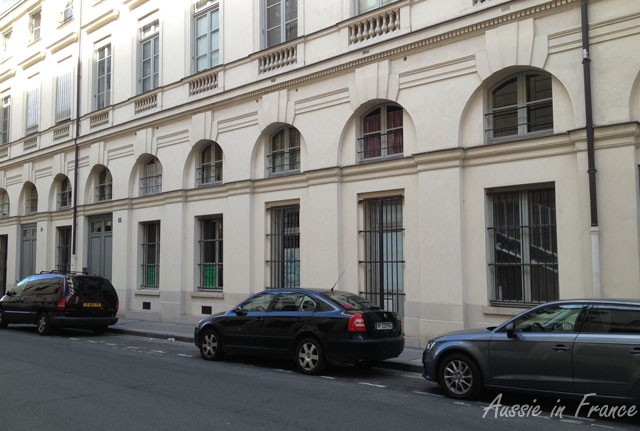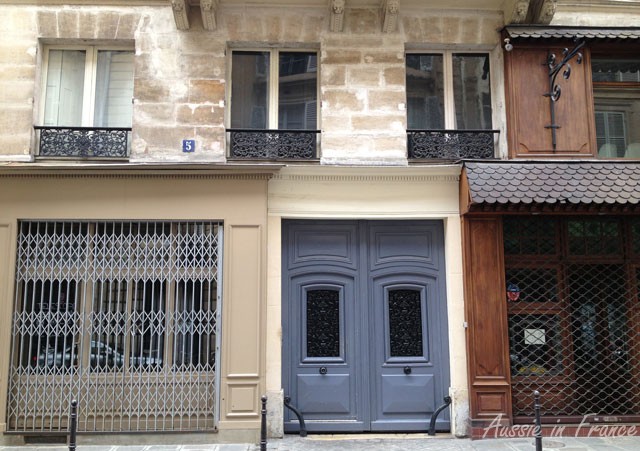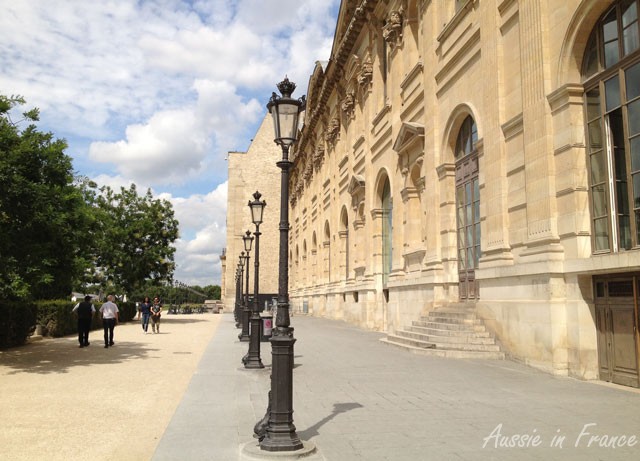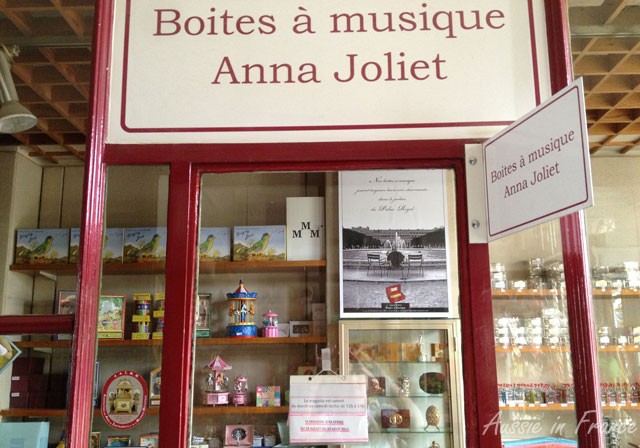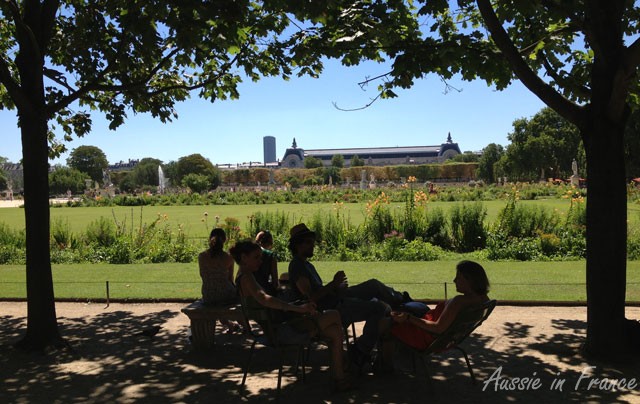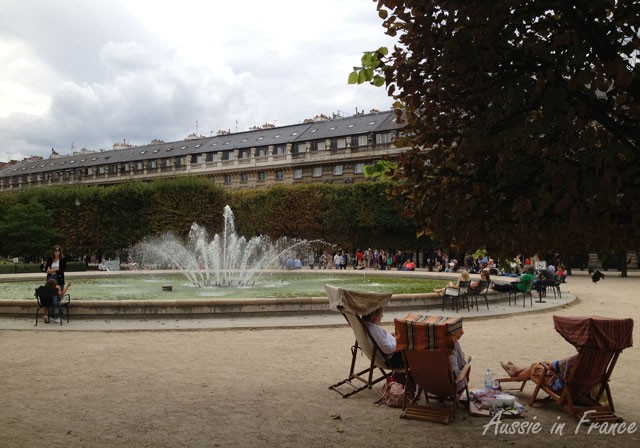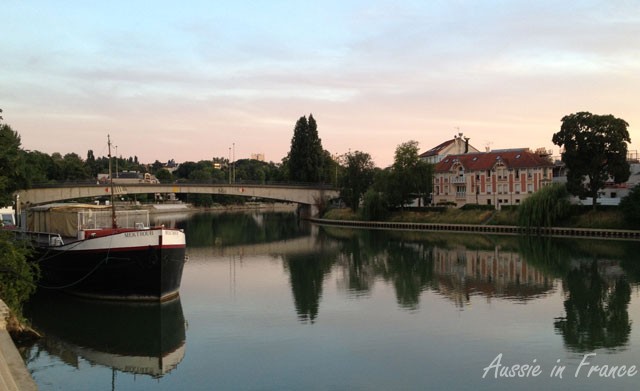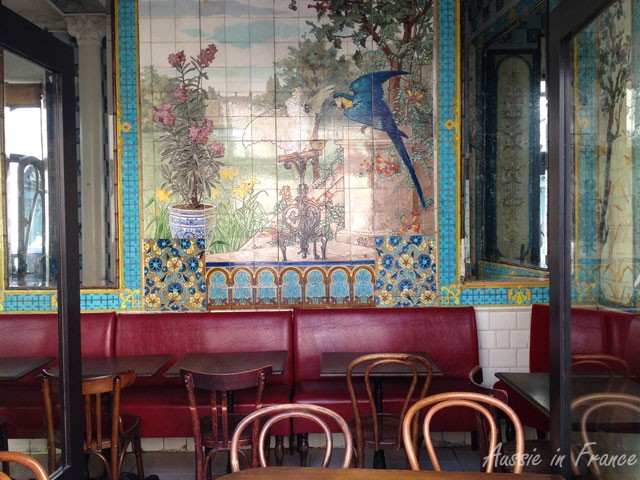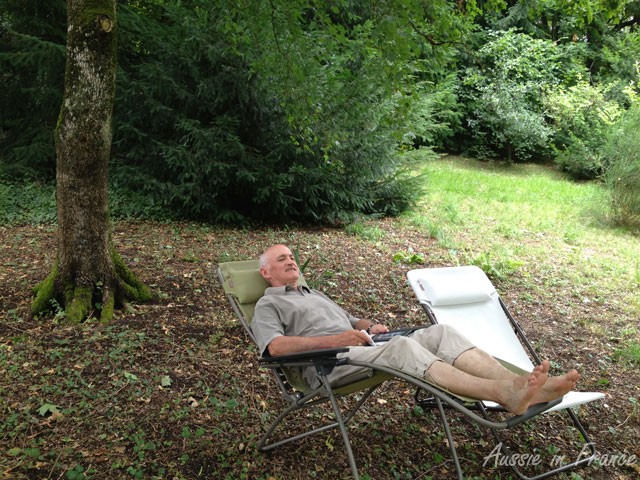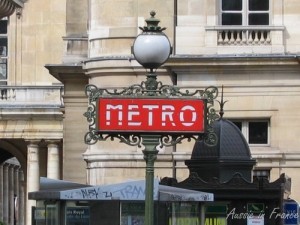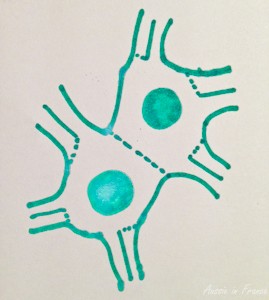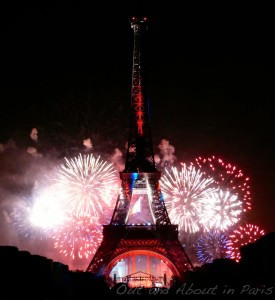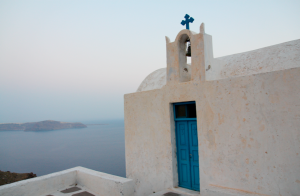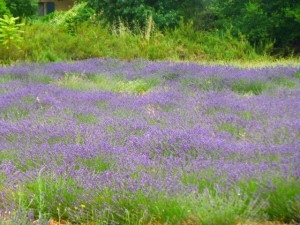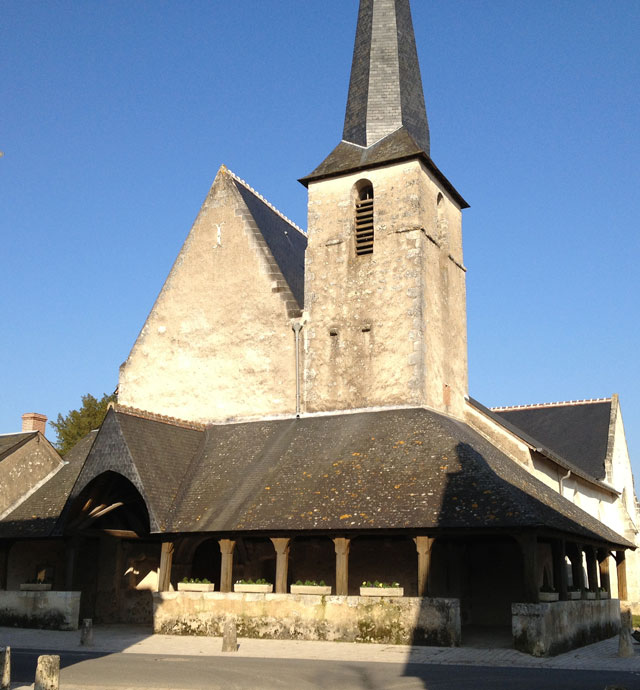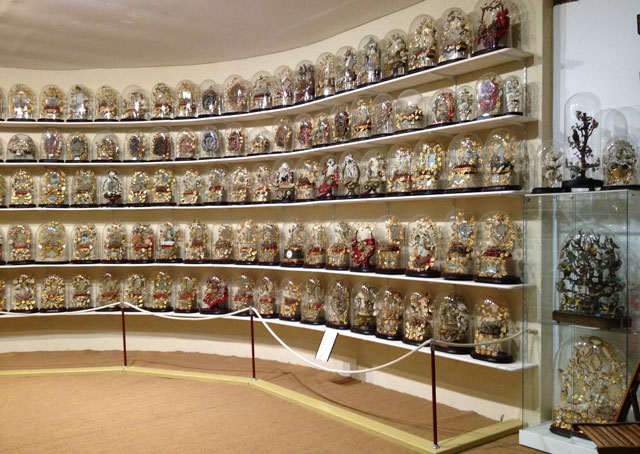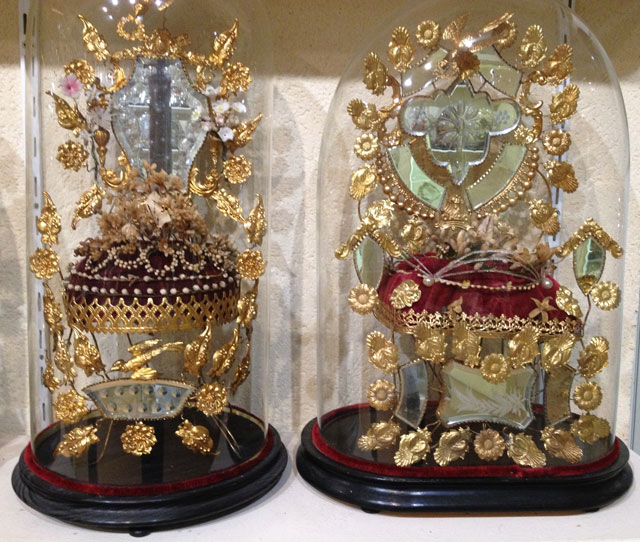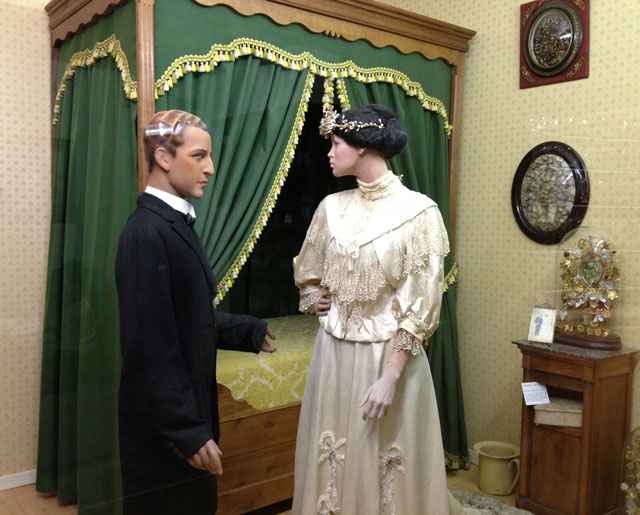This week’s Blogger Round-Up starts with two expats talking about their experience in France. Wendy from Random Ramblings describes a major breakthrough in French while Bread is Pain shares her top 7 moments in France as part of the Expat Blog Award which I didn’t have time to enter this year. After you read her post, don’t forget to write a comment and help her win an award. Finally, Claire from Word by Word, source of many of the books I read, takes us around the media library in Aix-en-Provence and talks about the contemporary French literary scene. Enjoy!
Getting tough
by Wendy, an Australian Photographer and Psychologist living in Paris, enjoying life and working hard. Random Ramblings is where she shares a story or two.
 Walking in the forest recently, I came across an elderly lady walking her dog. It was a little dog, playful and excitable a puppy perhaps. As the puppy ran towards me I bent down to pat it, to only hear the lady calling out ‘ne touchez pas’ french for don’t touch.
Walking in the forest recently, I came across an elderly lady walking her dog. It was a little dog, playful and excitable a puppy perhaps. As the puppy ran towards me I bent down to pat it, to only hear the lady calling out ‘ne touchez pas’ french for don’t touch.
As I approached the lady she began to tell me the dog was young and needs to learn to not jump. I responded that I had thought she was telling me not to touch the dog. Read more
Top 7 “Moments in France”
by Bread is Pain, a 30-something American living in the Rhone-Alps, getting her master’s degree, learning French and slowly eating and drinking herself through the country
Being an expat has moments that are difficult, funny, exciting, even terrifying and no two countries are alike. Here are a few of the moments that France has to offer:
# 7: The Language Moment: The time you accidentally offend people.
Speaking in a different language is always complicated, no matter how long you have studied it. Every language has subtle nuances and phrases that are cultural not just linguistic. You may be able to understand every single grammatical rule of a particular language but still be lost when you are in a country that actually speaks it…and French is no exception. Read more
They’re Reading Thousands of Great Books Here, Cité du Livre – A Local French Cultural Centre and Library
by Claire from Word by Word, Citizen of Planet Earth, Anglosaxon by birth, living and working in France, who loves words, language, sentences, metaphors, stories long and short, poetry, reading and writing
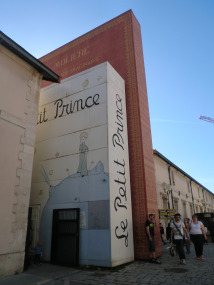 Yesterday via a link on twitter, I read a provocative article in BBC News Magazine by Hugh Schofield entitled Why don’t French books sell abroad? It was an interesting, if superficial article, that made a few observations without going into any depth to understand the contemporary literary scene in France. It asked questions, reminded us of some old provocative stereotypes and did little to enlighten us on the subject of what excites French readers and why the English-speaking world aren’t more aware of their contemporary literary gems. Read more
Yesterday via a link on twitter, I read a provocative article in BBC News Magazine by Hugh Schofield entitled Why don’t French books sell abroad? It was an interesting, if superficial article, that made a few observations without going into any depth to understand the contemporary literary scene in France. It asked questions, reminded us of some old provocative stereotypes and did little to enlighten us on the subject of what excites French readers and why the English-speaking world aren’t more aware of their contemporary literary gems. Read more





